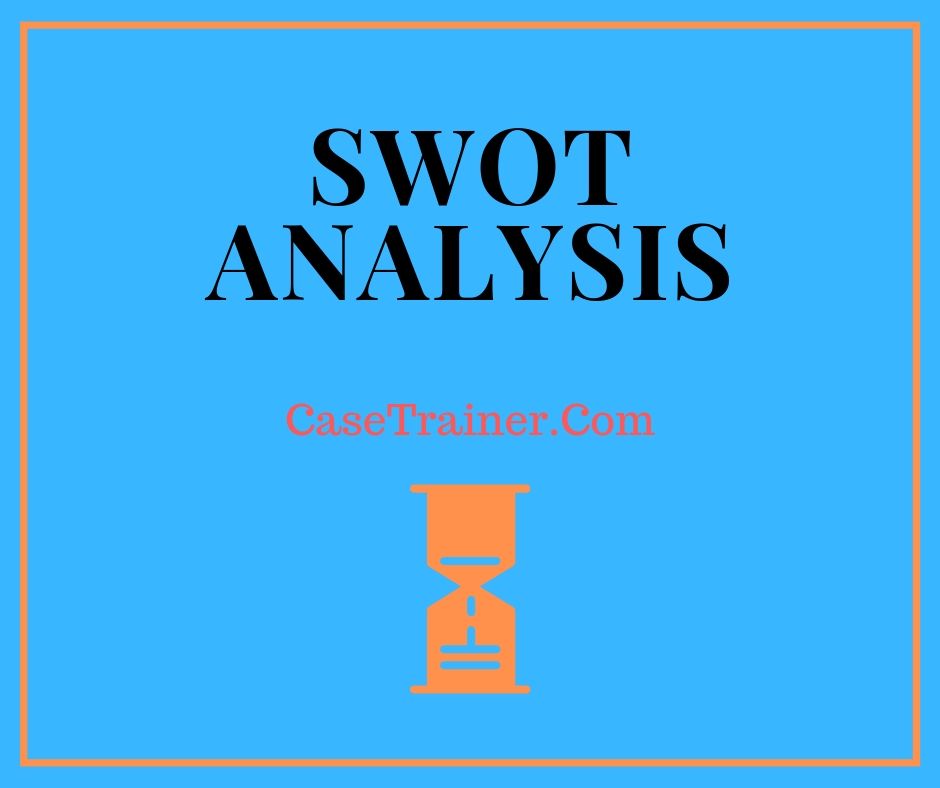Alexander Plaza Case 2 Case Study Solution and Analysis
Introduction
Alexander Plaza Case 2 Case Study Help is the biggest publishing business with a highest market share in the China's book retail market. CMP has become a specialized info company and a large comprehensive Science and Innovation publishing business through the integration of print media, audio-visual media and the network media.
Critical Issues
Although, Alexander Plaza Case 2 Case Study Analysis has actually invested its 60 years journey smoothly, being an effective publishing home, however, the altering macro market trends and forces bring specific obstacles to the publishing market in basic and CMP in particular. These elements include;
• Entryway of the new publishing companies in the market.
• Decreasing development of the publishing market.
• Market saturation.
• Intro of digital publishing techniques
• Improvement of science and innovation.

The transformation of the macro markets have raised numerous questions to the management at CPM that what could be the future of CMP in this situation? Do the long important experience, technical resources and the abilities of the business could be used to strive for the future development unceasingly? How could the company sustain its long term competitive position in future?
Situational Analysis
Internal Analysis
SWOT Analysis
Strengths
Alexander Plaza Case 2 Case Study Solution has certain strengths that can be made use of to reduce the risks, conquer the weakness and avail the opportunities. Strengths of CMP are provided as follows;
• The long term experience of Alexander Plaza Case 2 Case Study Solution in the publishing market i.e. 60 years allows the company to offer high quality products at a lower expense using its previous experiences.
• The technical resources and capabilities created by its successful journey supply a competitive benefit to CMP.
• Huge product portfolioof CMP helps it to diversify its threat and offer high value to its customers.
• Strong financial position permits the company to think about numerous development opportunities with no worry of raising fund externally.
Weak points
In addition to the strengths, the business has specific weaknesses which could increase restraints for the company in implementing its advancement program. The weak points of Alexander Plaza Case 2 Case Study Analysis are provided as follows;
• Despite of being a science and technology publishing firm, the business still has standard methods ofpublishing which are not suitable with the growing technological shift.
• CMP highly relies over the Chinese markets for its growth. It should propose particular growth strategies to prevent its dependence over the Chinese markets to achieve long term growth.

Opportunities
The growth of the publishing market is declining given that 2008, impacting Alexander Plaza Case 2 Case Study Analysis as well, but the development could be restored by availing specific opportunities presented in the market. The marketplace opportunities for CMP include;
• The company could also introduce Digital Publishing by using its long term technical experience and a strong client acknowledgment in the market.
• CMP could consider an advancement program through the growth towards foreign markets in order to minimize its dependence over Chinese markets by using its huge financial resources.
Dangers
The altering macro patterns in the market and increasing competition in the publishing market has postured certain dangers to Alexander Plaza Case 2 Case Study Help including;( Gurel, 2017).
• Intro of digital publishing i.e. digital libraries could lead to declining market share of Alexander Plaza Case 2 Case Study Analysis due to the consumer shift towards virtual libraries.
• The existence of a great deal of rivals in the publishing industry increase the threat for CMP to lose its competitive position in the market, as competitors can gain a strong customer base by utilizing certain strategies like aggressive promotion, quality products, etc.
• Entryway of brand-new publishing firms in the industry in addition to existence of high competition increases the danger of losing the consumer base.
Monetary Analysis.

Due to absence of information, the monetary ratios of CMP might not be calculated. It could be evaluated from the Appendix III that the yearly overall earnings of Alexander Plaza Case 2 Case Study Analysis during the duration 2000-2012 are growing at a high growth rate, revealing that the annual need of the products of CMP is growing and the business is rather efficient in drawing in a large number of consumers at a possible rate.
In addition to it, the second graph which reveals the annual growth in the Alexander Plaza Case 2 Case Study Solution total possessions, shows that the business is quite effective in including value to its possessions through its profits. The growth in properties reveals that the total value of the company is also increasing with increasing the total profits. (Unidentified, 2013).
Another financial analysis of the business using the offered information could be the analysis relating to the distribution of total incomes of the company. Huge part of the revenues of CMP originates from the sales of its released books i.e. 64% as shown in the Case Appendix V. The company might move towards other company sections with a possible development to accomplish its future advancement objective.
PESTEL Analysis
PESTEL analysis could be conducted to find out the different external forces impacting the efficiency of the business and the current patterns in the external environment of the company. A quick PESTEL analysis of the company is offered as follows; (Alanzi, 2018).
Political.
As the publishing sector could have a considerable influence on the mindset of individuals about the communist ideology of the federal government, for that reason, the publishing sector is highly monitored and guided by the Publicity Department of the Communist Celebration of China. Therefore, it could be said that the total political forces impacting Alexander Plaza Case 2 Case Study Solution company are high. The government policies relating to the publishing sector are also increasing with the passage of time.
Affordable.
Economic forces impacting the publishing sector in basic and the Alexander Plaza Case 2 Case Study Analysis in particular includesthe costs of paper, the earnings level of customers, the inflation rate, and the general GDP growth of the nation. All these forces integrate impact the need for the publishing market. Along with it, the economic policies associated with the import of books impact the general business at CPM. Nevertheless, China's financial conditions are rather beneficial for CMP with high GDP growth and consumer earnings level.
Social and Demographical.
Social and demographical forces consist of the population development, the customer's preferences towards checking out informative materials and so on. China has the highest population worldwide with a high population development, showing the increasing variety of consumers of the Alexander Plaza Case 2 Case Study Help. Nevertheless, the customer preferences are shifting towards digital publishing rather than the conventional was of publishing. In this regard, CMP ought to concentrate on digital publishing to meet the altering customer choices.
Technological.
Technological forces affecting the CMP include the technological development in the reading strategies and so on. Enhancement of science and innovation together with the increase of digital publishing could decrease the demand for the CMP products, if specific actions would not be taken quickly.
Environmental.

Environmental forces affecting Alexander Plaza Case 2 Case Study Analysis includes the concerns of ecological neighborhoods over the use of paper in publishing books. The paper used in the books while publishing is needed to be non reusable and the ink utilized while publishing must not be damaging for the environment.
Legal.
Legal regulations for the publishing sector at whole are high. Publishing Regulation 1997 needs the publishers to be approved first by the Federal government to be gone into in the publishing market.
Market Analysis (Porter's Five Forces Model).
Porter's 5 Forces Design might be utilized to evaluate the appearance of the publishing industry China. A short analysis of the Porter's Five Forces is offered as follows;.
Hazard of New Entrants.
Dangers of brand-new entrants in the Chinese Publishing Market is moderate. The prospective development in the market tends to draw in brand-new entrants to the publishing industry. However, the existence of extreme competition and the requirement of substantial capital tends to demotivate brand-new entrants to enter in the market.
Hazard of Replacement.
Threat of Replacement is high for the Chinese Publishing Industry. The alternative products for the published files is the files presented in the digital libraries on specific websites. The altering customer preferences towards digital knowing increase the threat of substitution for the market.
Competitive Rivalry.
Competitive rivalry in the publishing market is high. The existence of large number of consumers in the Chinese Publishing Market like CIP, PTP etc. tends to produce high competitive competition for CMP. Along with it, new entrants are also entering into the marketplace increasing the competition for CMP.
Bargaining Power of Supplier.
The significant suppliers of the Alexander Plaza Case 2 Case Study Solution consist of the providers of the paper for publishing documents. As CMP is the biggest publisher in the Chinese Publishing Market, for that reason the general bargaining power of provider for CMP is low.
Bargaining Power of Purchaser.
Negotiating power of buyer in the publishing industry is high. Due to the existence of a a great deal of publishers in the Chinese market and the marketplace saturation, the purchasers requires high quality files at competitive costs.
Competitors Analysis.
CMP runs in an extremely competitive industry with the presence of large number of rivals. The company has a competitive position in the market with the greatest market share in the Chinese publishing market. Significant competitors of Alexander Plaza Case 2 Case Study Solution include;.
• Chemical Market Press (CIP).
• Posts and telecommunication Press (PTP).
Chemical Market Press (CIP).
CIP acts as a danger for CMP as it could wean its market share due to its long term competitive background. CIP is focused on digital publishing and might wean the market share of CMP quickly in the present market situation.
Posts and telecommunication Press (PTP).
It was also established in the same period as Alexander Plaza Case 2 Case Study Analysis and CIP. It is likewise one of the prominent gamers in the publishing industry with an annual overall incomes of RMB 550 million in 2010.
Alternatives
Alternative-1: Broaden towards New Markets
Pros
• Minimizing reliance over the Chinese markets.
• Increasing number of Customers
• Development chances.
• Preventing the effect of market saturation in the Chinese publishing market.
Cons

• Usage of prospective resources in growth.
• Danger of failure in brand-new markets.
• Time consuming.
Alernative-2: Introduce Digital Publishing
Pros
• Sustaining customer base.
• Approaching brand-new markets.
• Easy to present using present capabilities.
• Low danger of Failure.
• Low requirement for funds.
• Increased item portfolio supplies high value to clients.
Cons
• Competitors in the market by CIP, who has prior concentrate on the digital publishing.
• Shift of focus from the core company segments to the new one can lead the company to lose demand of its products in the market.
Recommendations
As the choices are shifting towards digital publishing and the business require an immediate solution to prevent the decreasing market development. The business might also think about the expansion program after the success of its digital publishing program.
Application
In order to present digital publishing in its item portfolio, the business must first collects the information associated with the customer need, the prospective markets, the federal government regulations and the information associated with the competitors presented in the market. After that, the company ought to decide one possible sector for its initial offering. It ought to collect research study that how it might distinguish its digital publishing from the existing rivals' items. After all the steps above the business ought to opt for the preliminary offering. If the preliminary offering proves a success, the business ought to choose the other markets. In this method the business would be able to execute its digital publishing program.
Conclusion
Although, the development of the publishing market is declining since 2008, revealing a threat to the company's long term existence, however the scenario can be controlled by considering an advancement plan in the future. The business could consider introducing digital publishingin its existing market to implement its development program at immediate basis and to prevent the danger of failure for entrance in the new markets.

